grow rapidly!China Space Station Plant Growth Experimental Experimental results
Author:Chinese aerospace Time:2022.08.29
At present, as I asked the tall plant training experiments on the upward of the experimental cabin, it has achieved staged progress. According to relevant experts from the Chinese Academy of Sciences, at present, the growth status of experimental samples of southern mustard seeds and rice seed samples is good, and it has achieved staged results.

Shenzhou No. 14 Aerospace Worker's multiplication group will be experimental units
Installed to life ecological universal experiment module
Since the launch of the first artificial earth satellite, how to use plants to ensure the food, oxygen and pure water required for human survival in the outside world, it has become the most concerned issue for space life sciences.
Today, take you to decrypt the growth experiment of the China Space Station to ask the sky experimental cabin plant growth experiment, and explore the molecular mechanism of the flowering regulation of higher plants under the condition of micro -gravity.
High -rod rice seedlings have grown to about 30 cm high
On July 28, experimental units containing experimental samples and rice seeds were installed in the life ecological ecological experiment module installed to the test compartment of the test compartment, and the experiments were launched on July 29.
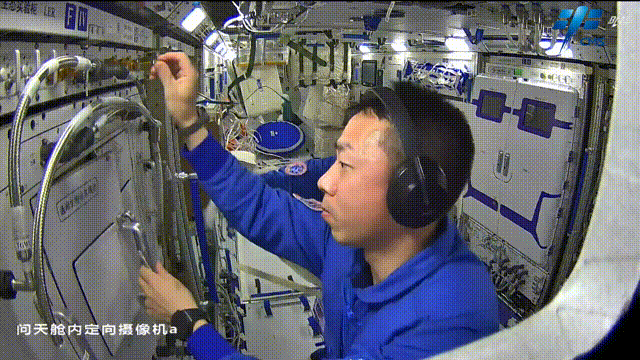
Cai Xuzhe opens life ecological general experimental module
At present, the seeds of Arabia mustard and rice have been successfully launched. Arabia mustard seedlings have grown leaves. High-rod rice seedlings have grown to about 30 cm high. The low-rod rice is also 5-6 cm high. The experiments of Arabia mustard and rice at the whole life cycle from the seed to the seeds of the space station will be completed. During the experiment, the astronauts collected samples and frozen preservation, and finally returned to the ground with the astronauts to analyze.
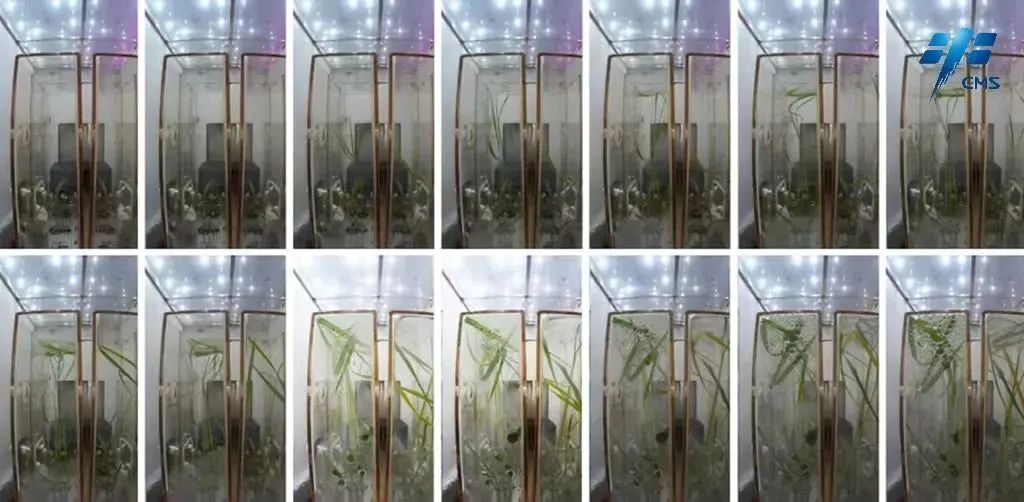
The growth and development of rice under the condition of micro -gravity
This space experimental sample Arabia and rice are two models of plants. Arabiastone represents Gemini, long days, and cross flower plants, and many vegetables, such as vegetables, rapeseeds, etc. belong to the family. The rice represents the leaf leaves, short -day, and grasses, and many grain crops, such as wheat and corn, belong to the grace. This project mainly studies the molecular mechanism of the flowering regulation of Arabidone and rice under the micro -gravity conditions of the space.
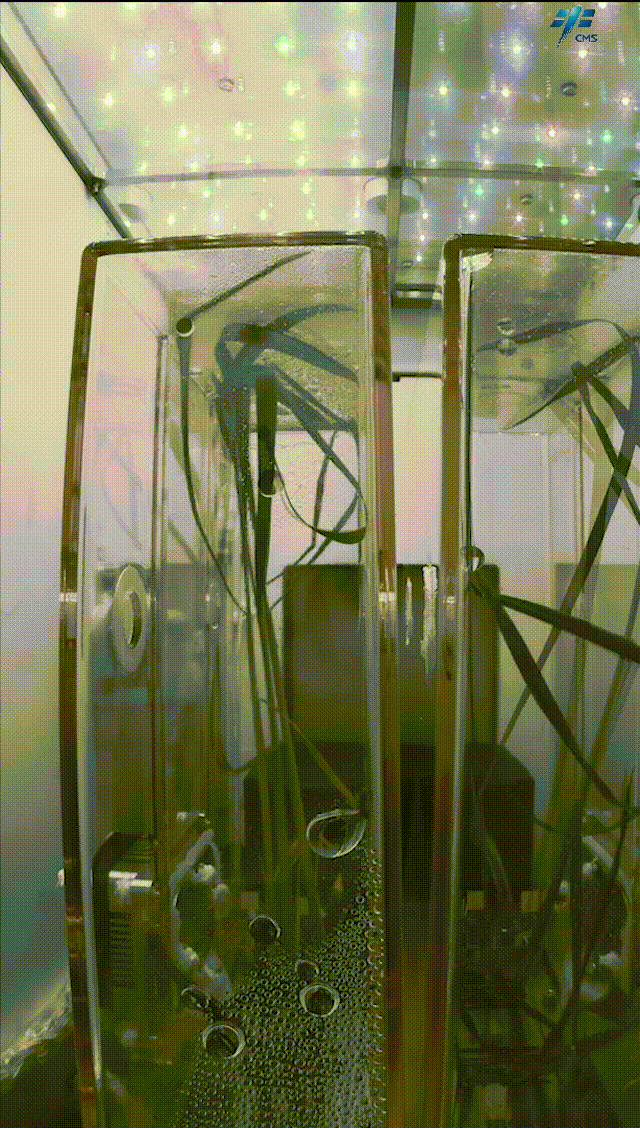
The rice growth in the space station is good
"Blossom" is the prerequisite for plants to make a new generation of seeds. The seeds of crops are both food and the carrier of breeding the next generation. With the deepening of the development of people's deep space detection, in order to truly solve the problem of food guarantee for human long -term space exploration, it is impossible to rely on carried grain from the earth to meet the long -term space life and work needs of aerospace members. The problem of production of food.
Because the life of the earth cannot survive without protection under the conditions of severe space environment, the production of space crops in the future must be carried out in a completely closed artificial environment, and the planting space and energy supply must be very scarce. Therefore, the crops of space planting must have the requirements of high -yield, high -quality, high production efficiency and low energy consumption.

Under the condition of micro -gravity conditions
Research from seeds to the whole life cycle of seeds
The goal of this experiment is to complete the cultivation and research from the whole life cycle from seeds to seeds in space stations to explore the use of spatial environmental factors to control the flowering of plants to maximize the production efficiency of plant production in smaller closed spaces Perhaps the way, at the same time, through the astronauts to collect samples in the rail, freeze back analysis, identify the key hub gene of the spatial micro -gravity regulating plant flowering and verify it, and provide a molecule for the next step to build high -quality high -quality crops that adapt to the space micro -gravity environment. element.
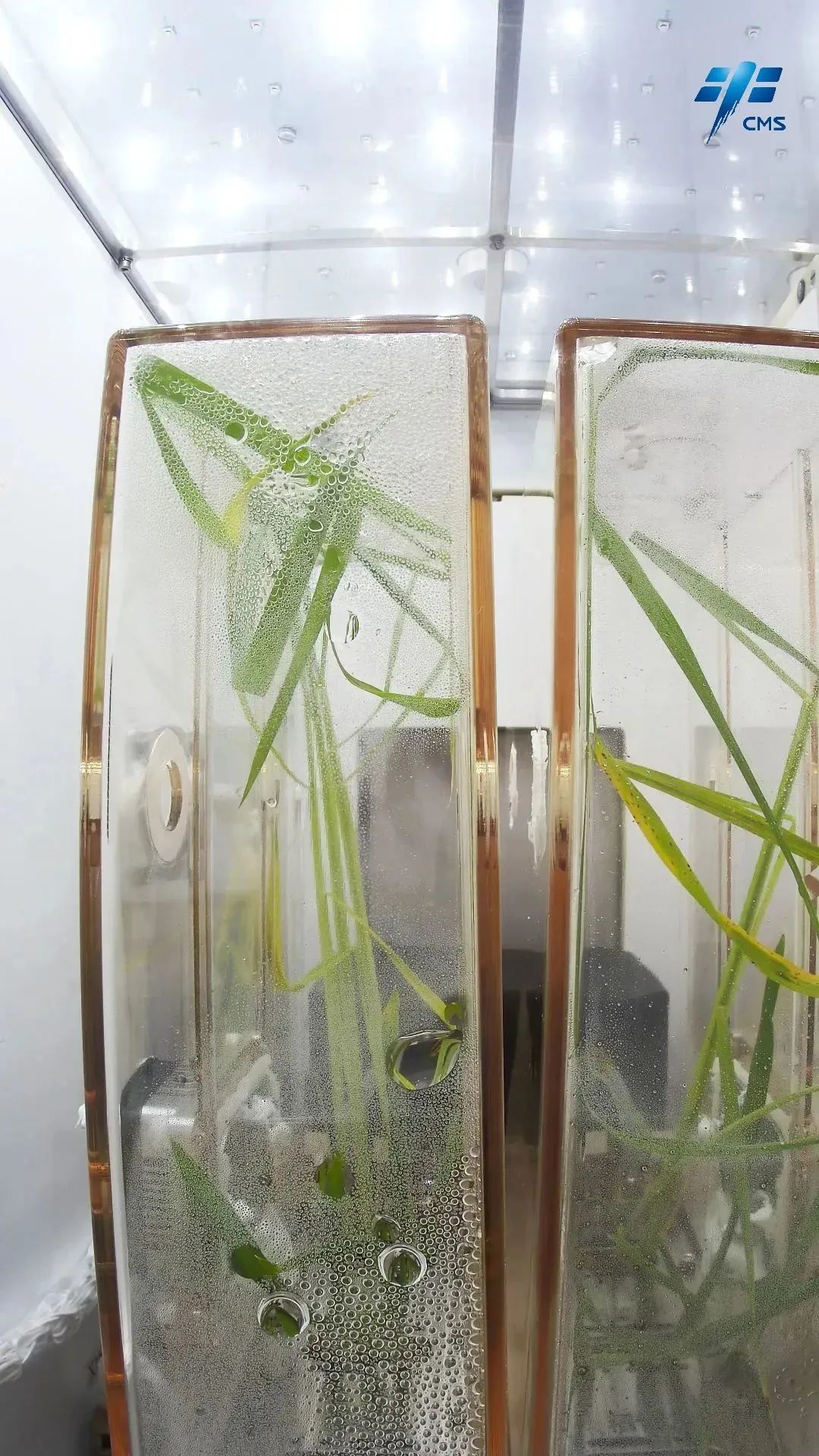
"Space Rice"
How does micro -gravity affect flowering? What is the molecular mechanism that affects the flowering of plants? Can it be used to control the flowering of plants with a micro -gravity environment? These are the three key science issues focusing on this project.
Focusing on these three key scientific issues, by analyzing the role of comparative micro -gravity in the process of plant flowering, obtaining the expression and changes in the molecular foundation and key genes of micro -gravity regulating flowering flowers, further analyzes the long days and short -day plants under the condition of micro -gravity of the space. The regulatory network of flowering genes and the mechanism of the two plants in the adaptability of the plant to the space environment.
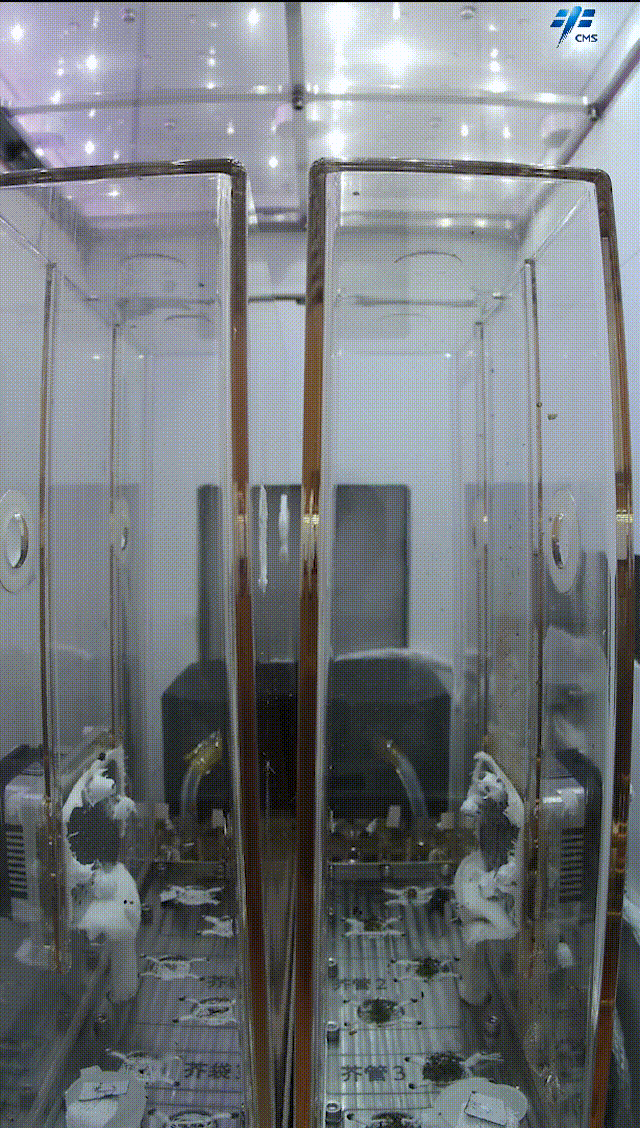
"Space Arabia"
Zheng Huiqiong, a researcher at the Molecular Plant Science Innovation Center, said that through this study, he hopes to complete the training experiments from "seeds to seeds" full life cycle under the first international minimum gravity conditions in the world, and obtain key environmental parameters of rice cultivation. Further analyzes the impact of spatial micro -gravity on the growth and development of rice and molecular basis, and use rice to provide important theoretical guidance with spatial grain production.
At the same time, through the transcription group analysis, the two modes of Arabidopsis and rice, the expression of the key genes of key genes in the space environment and the changes in its regulatory network, and analyzes the molecular mechanism of the spatial micro -gravity for long and short -day plants. Further create a theoretical basis for the development of crops and development and use of space micro -gravity environment resources.
Provide guidance for the production of spatial grain crops
In the early days, the main goal of people's spatial plant training experiments was how to support plants in the space environment so that they could germinate, grow, bloom, and produce seeds. After these goals were achieved, the research focus of scientists is gradually gradually studied by the stage of plant seedlings stage. Extended to seed production research. However, only a few crops of rapeseed, wheat and peas have completed the experiment from seeds to seeds in space to seeds.
At the same time, under the conditions of space, problems such as delayed flowering time, low number of flowers, low seeds of seeds, and decreased seed quality are still not overcome.Therefore, it is urgent to study the regulation mechanism of how to control the key links of plant development, and provide guidance for improving the production of spatial plant cultivation technology and exploring more grain crops that meet the requirements of space life protection.It is not even thousands of miles. I believe that in the near future, Chinese space plant training technology will make a fruitful fruit and promote China's manned spaceflight towards a farther deep space.
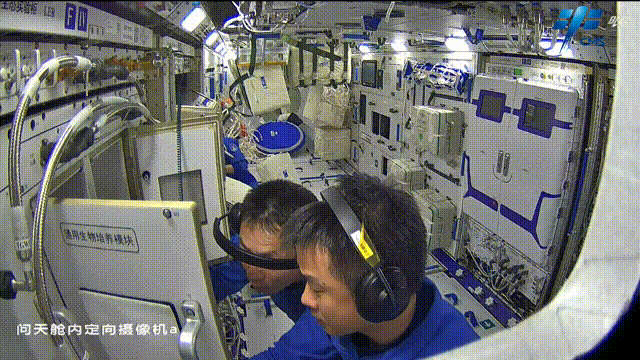

- END -
Shenzhen and Beijing's realization of electronic signatures of the two places recognize each other mutual trust
Text/Yangcheng Evening News All -Media reporter Guo Qi Correspondent Ma WeizhengThe reporter learned from the Shenzhen Market Supervision and Administration Bureau on August 9 that a few days ago, She
The total number and growth rate are the first place in the city!In the first half of the year, Datong Zuo Yun County, Shanxi ran out of economic growth acceleration

In July, the Ebei earth's heat waves rolled, and on the hot soil of Hope Zuo Yun C...